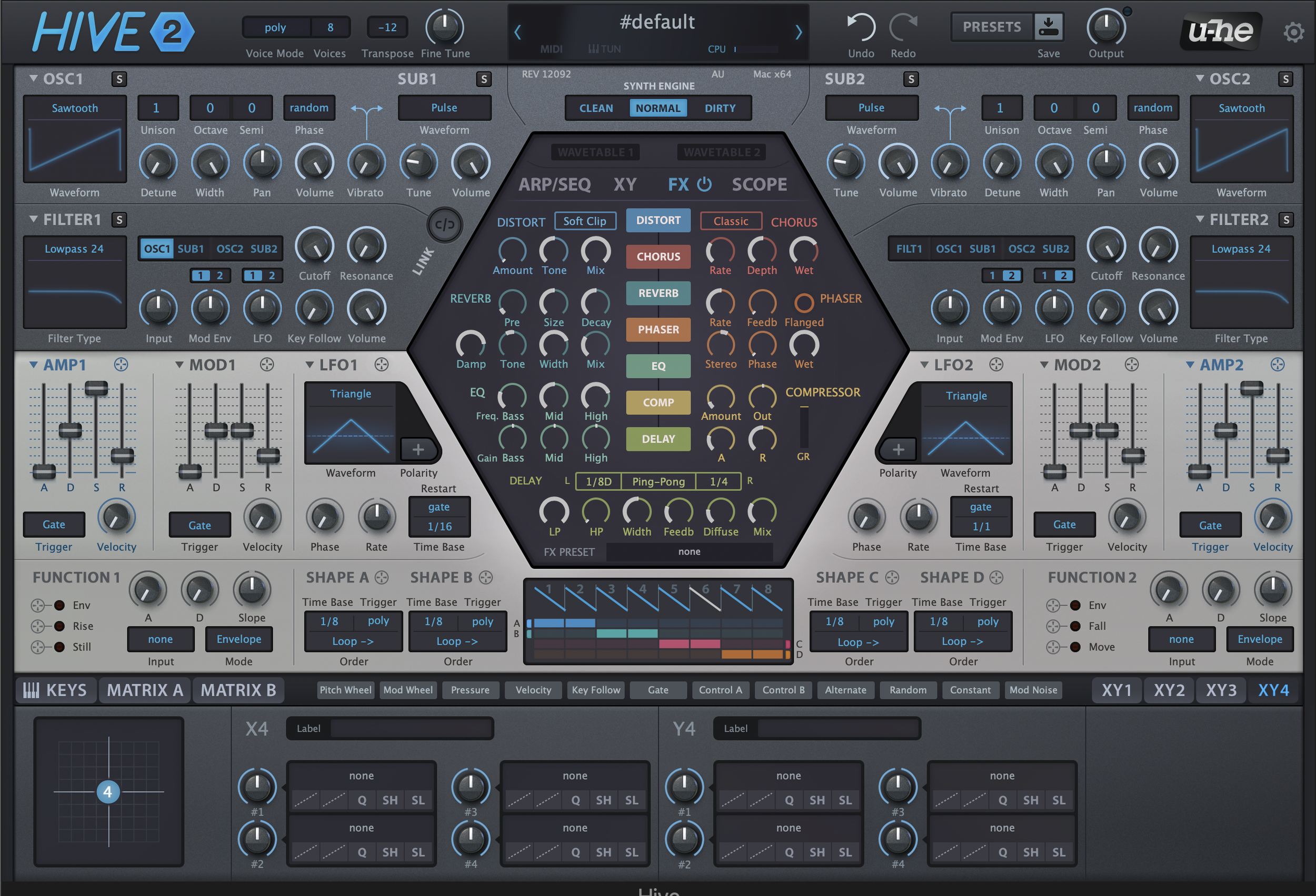Selecting the right music plugin is a crucial decision for any music producer, sound designer, or content creator. With the overwhelming number of plugins available—ranging from virtual instruments and effects to MIDI tools and mastering suites—making the right choice can elevate your creative process and final sound. This comprehensive guide covers everything you need to know to confidently choose the perfect plugin for your needs, including practical tips, metadata essentials, recommended plugins for 2025, and resources for further exploration.
Table of Contents
Understanding Music Plugins
Key Factors to Consider When Choosing Plugins
Types of Music Plugins
Top Plugins for 2025 (Free and Paid)
How to Evaluate Plugin Quality
Metadata and Organization
Visual and Video Resources
Frequently Asked Questions
Conclusion
Understanding Music Plugins
Music plugins are software components that integrate with your DAW (Digital Audio Workstation) to expand its capabilities. They can be instruments (synths, samplers), effects (reverb, compression), or utilities (MIDI sequencers, analyzers). Plugins come in various formats, such as VST, AU, and AAX, and can be free or paid.
Key Factors to Consider When Choosing Plugins
1. Compatibility
Ensure the plugin is compatible with your DAW and operating system (Windows, macOS, Linux).
Check plugin formats supported by your DAW (VST, AU, AAX).
2. Purpose & Workflow
Define your primary need: sound design, mixing, mastering, or live performance.
Consider workflow integration—does the plugin streamline your process or add complexity?
3. Sound Quality
Listen to demos and read reviews to assess the sonic character.
High-quality plugins offer clean, professional results with minimal artifacts.
4. User Interface & Usability
A clear, intuitive interface speeds up learning and creativity.
Look for plugins with resizable GUIs and helpful visual feedback.
5. CPU & RAM Usage
Lightweight plugins are essential for large projects or older computers.
Some plugins offer quality settings to balance performance and fidelity.
6. Presets & Expandability
Presets are great for inspiration and quick results.
Some plugins allow for third-party preset packs or user-created libraries.
7. Support & Updates
Active development ensures bug fixes and new features.
Good customer support can save time when troubleshooting.
8. Price & Value
Free plugins can rival paid ones in quality.
Consider bundles or sales for better value.
Types of Music Plugins
| Plugin Type | Description | Example Plugins |
|---|---|---|
| Synthesizers | Generate sounds from scratch (analog, digital, wavetable, FM) | Vital, Baby Audio BA-1 |
| Samplers | Play back and manipulate recorded audio samples | Quick Sampler (Logic Pro), LABS |
| Effects | Modify audio (reverb, delay, distortion, modulation, etc.) | Valhalla Supermassive, OTT |
| MIDI Tools | Sequence, randomize, or process MIDI data | Harvest Mini, Gatelab |
| Mixing/Mastering | EQ, compression, limiting, saturation, stereo imaging | TDR Nova, Oeksound Soothe 2 |
Top Plugins for 2025
Free Plugins
Valhalla Supermassive : Lush reverb and delay for cinematic atmospheres.
TAL-NoiseMaker : Versatile synth with analog and digital sounds.
Spitfire Audio LABS : High-quality sampled instruments, continually updated.
Vital : Powerful wavetable synthesizer with a modern interface.
OTT : Multiband compressor for punchy, dynamic mixes.
TDR Nova : Dynamic EQ for precise frequency control.
Harvest Mini : Generative MIDI sequencer for creative patterns.
Audiomodern Gatelab : Sequenced gate effect with MIDI output.
Paid/Professional Plugins
Arturia Pigments 5 : Advanced wavetable and virtual analog synth.
iZotope VocalSynth 2 : Creative vocal processing suite.
Krotos Reformer Pro : Real-time foley and sound design tool.
Devious Machines Infiltrator 2 : Multi-effects sequencer for rhythmic processing.
Oeksound Soothe 2 : Dynamic resonance suppressor for mixing/mastering.
Baby Audio Transit : Creative multi-effects processor.
How to Evaluate Plugin Quality
1. Demo Versions
Most paid plugins offer demos—test them in your workflow before buying.
2. Community Feedback
Reddit, forums, and YouTube reviews provide real-world insights.
3. A/B Testing
Compare plugin results with your current tools to judge improvement.
4. Updates & Developer Reputation
Established developers with regular updates are more reliable
Metadata and Organization
Proper metadata is crucial for managing your plugin library and music projects. Metadata includes plugin name, version, developer, and sometimes tags for genre, mood, or function.
Tips for Metadata Management:
Use DAW plugin manager features to categorize and tag plugins.
Keep a spreadsheet or use dedicated software for tracking licenses and updates.
Regularly update plugins and remove unused ones to streamline workflow.
YouTube Video Links
Frequently Asked Questions
Q: Free vs. Paid Plugins—Which Should I Choose?
A: Many free plugins now rival paid options in quality and features. Start with free plugins to build your toolkit, then invest in paid ones for specialized needs.
Q: How do I avoid plugin overload?
A: Regularly audit your collection, keep only what you use, and organize plugins by category and function.
Q: What’s the best plugin for beginners?
A: Spitfire Audio LABS for instruments and Valhalla Supermassive for effects are intuitive and high-quality.
Q: How important is plugin metadata?
A: Accurate metadata helps you find, organize, and update plugins efficiently, saving time and reducing workflow friction
Conclusion
Choosing the right music plugin is a blend of technical consideration and creative intuition. Focus on compatibility, sound quality, workflow integration, and value. Use community resources, demo versions, and metadata management to refine your toolkit. With the right plugins, your sound will stand out—whether you’re producing chart-topping tracks, scoring films, or designing game audio.



